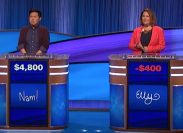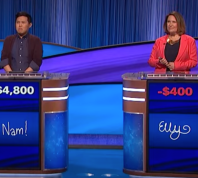
The English language might follow strict rules, but that isn't to say that the dialects from every decade sound the same, too. Rather, each period in time has its subset of terms that are reflect the goings-on—which might be why 1920s slang is so unique. The second decade of the 20th century was a period of significant social and political change and economic growth, and this is reflected in terms like glad rags, kale, and alarm clock. Not sure what these words and phrases meant way back when? Read on to learn some of the coolest and craziest 1920s slang from the Roaring Twenties.
RELATED: 50 Vintage Slang Words That Sound Hilarious Today.
Common 1920s Slang Words and Meanings
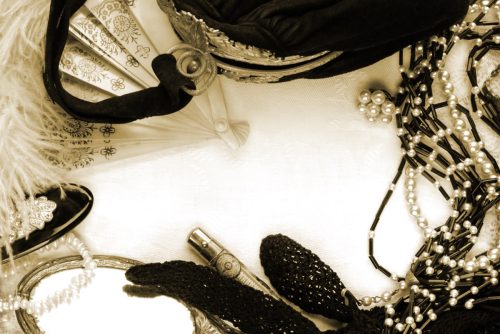
1. Glad Rags
When we think of the 1920s, we conjure images of The Great Gatsby, flappers, upbeat music, (illegal) champagne, and a lively party. At the time, there was nothing better to wear to a gathering in West or East Egg than your "glad rags," also known as your "going out on the town" fancy clothes, per the University of Oregon.
2. Butt Me
Nowadays, people simply ask for a cigarette when they want to smoke. However, in the 1920s, the go-to phrase when asking for a cigarette was "butt me."
3. Chewing Gum
Chewing gum is something you hear quite often in the world of politics. Basically, it's all that double-speak coming out of representatives' mouths that means nothing. According to Green's Dictionary of Slang, it can also be used to describe "empty, meaningless chatter."
4. Dincher
For some reason, people in the 1920s needed a word to refer to a half-smoked cigarette or cigar—and according to Green's Dictionary, that word was a "dinch" or "dincher."
5. Cheaters

In the '20s, cheaters weren't just adulterous individuals, they were also something much more innocent: a pair of spectacles. The word cheaters came to be associated with eyeglasses as, according to Green's Dictionary, glasses "help the eyes … cheat their own inadequacies."
6. Gams
Ever heard a compliment about someone's "gams"? If you have, you should know this is a slang term for legs.
While it's often used in a positive way, according to Green's Dictionary, "gambs" was once a term for sore or ill-shaped legs. The term is a corruption of the French word for leg: "jambes."
7. Goofy
Just before the Disney character of the same name was created, this word was used as an adjective to mean "obsessed" and "in love" or, in other instances, "crazy" and "foolish." In the 1920s, there was even a song written about putt-putt called "I've Gone Goofy Over Miniature Golf."
RELATED: 54 Cool Words to Liven Up Your Vocabulary.
8. To Know One's Onions
To know your onions is slang that's applied to a knowledgeable person, specifically someone who is well-versed in a certain subject. While it's popularly referred to as a piece of 1920s slang, it actually first appeared in a 1909 poem published in The Postal Record.
9. Let's Blouse
"Let's get moving!" "Let's blouse!" These are just a few of the 1920s slang phrases you can throw out there when you're ready to head out and get a move on.
A great example of this was used in an April 1922 issue of the Ogden Standard Examiner, noted in Green's Dictionary: "There was one wally I was goofy about, but while I was necking with him, Harry caught a tomato, so he says, 'Let's blouse' and we left and crashed at the Plaza."
10. Handcuff
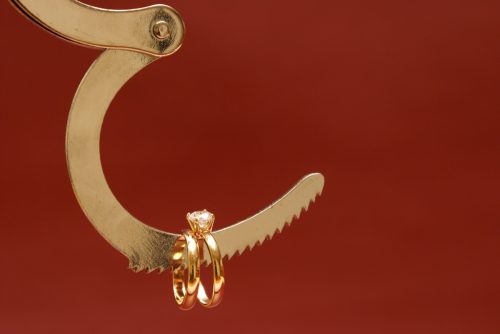
This 1920s slang term is pretty harsh, referring to something you wear around your finger instead of your wrist. Believe it or not, the word handcuff was used back then to refer to an engagement ring. Oof!
11. Kale
In the 1920s, everyone loved kale—but not for its nutritional value. Back then, the word was used synonymously with the word money.
12. Noodle Juice
In the morning, you may often brew yourself a nice cup of noodle juice. In the 1920s, this is the word that folks would use to refer to tea. It makes sense when you think about it, especially if you're familiar with the slang term "noodle," which refers to the human head.
13. Tell It to Sweeney!
The popular 1920s phrase "Tell it to Sweeney!" is a slight variation on the older phrase "Tell it to the Marines!" Both are used to communicate disbelief in what someone is saying, encouraging them to tell someone who would believe them. The original phrase came to be in the early 1800s as British Royal Navy sailors used it to imply that their rivals, the Marines, were more gullible and less intelligent than them.
Evidently, the iteration that replaces Marines with Sweeney is a reference to the various nicknames that English folks had for the stereotypical Irishman, teacher and writer Rob Kyff told The Hartford Courant in 2021. He pointed to the New Dictionary of American Slang, which says "Sweeney is one of a group of surely mythical Irishman, like Riley, Kelsey, and Kilroy, whose names are used apparently for some humorous effect."
RELATED: 20 Slang Terms Every 1960s Kid Will Remember.
1920s Slang Terms Associated With Booze and Drinking
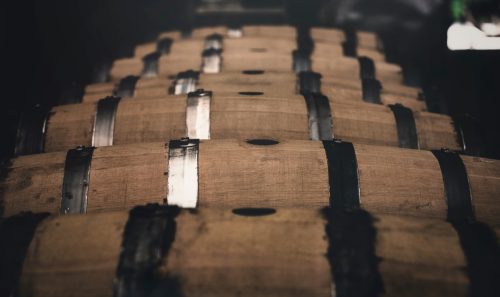
14. Blind Tiger
Now a popular name for legitimate bars across the U.S., a blind tiger is also a legal term for "a place where liquor is sold illegally," or a speakeasy, according to Cornell Law School Legal Information Institute (LII). Naturally, this was a popular term during Prohibition—which spanned from 1920 to 1933—when alcohol was illegal in the U.S.
Before it was a term for an illicit bar or club, blind tiger, referred to a "form of hatch used by moonshiners," according to Green's Dictionary. To keep the buyer and seller of alcohol anonymous, money and an empty bottle would be put on one side of the hatch, with the money extracted and the bottle filled on the other side before being sent back through.
15. Juice Joint
Another term for a speakeasy was a "juice joint." However, Green's Dictionary points out that this also applied to establishments like soft drink stands.
16. Bathtub Gin
Under the 18th Amendment to the U.S. Constitution the "manufacture, sale and transportation of intoxicating liquors" was prohibited by law—but not the consumption. Thanks to this loophole, many found ways to get their alcohol fix, with some even doing so in their own home, making "bathtub gin," according to Ohio History Connection.
RELATED: Old Slang Terms Kids Born After 2000 Will Never Understand.
Fun 1920s Slang Words for Friends
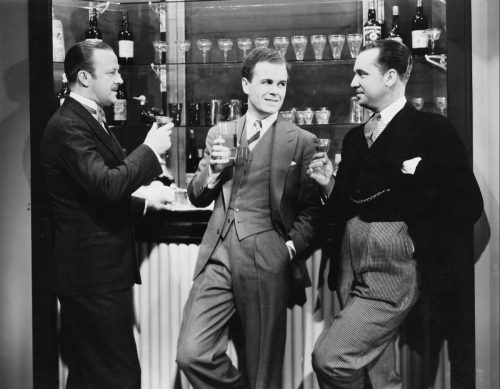
17. Big Cheese
In the 1920s, the "big cheese" would apply to an important person, according to the Liberty Science Center (LSC). It's who you'd probably refer to as the "head honcho," "the bossman," or "the big kahuna" in the 21st century.
18. Cat's Pajamas
The "cat's pajamas," also spelled as the "cat's pyjamas," is another slang term used to tell someone they're exceptional or the best. The term was coined by American journalist and cartoonist Thomas Aloysius Dorgan, who we can also thank for "cheaters"!
19. The Berries
In the 1920s, people would throw this phrase around as anything attractive or alluring—similar to more well-known slang phrases like "the cat's meow." Basically, anyone or anything that's the berries is the best.
RELATED: This Is the Most Popular Slang Word the Year You Were Born.
Cool 1920s Slang Words for People and Places
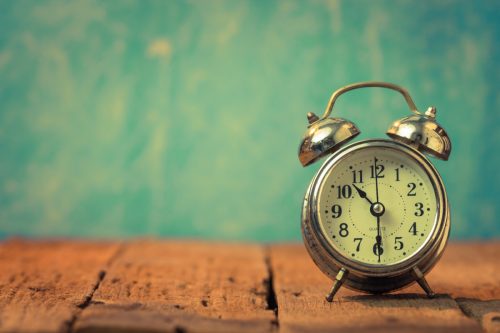
20. Alarm Clock
An alarm clock is the last person you want around when you're trying to have a good time. Synonymous with another 1920s slang term, a fire extinguisher, this noun refers to a chaperone who's killing the party vibe.
21. Cake-Eater
Some men might be proud to be called a "cake-eater." In the early 1900s, this adjective was used to describe someone like Hugh Hefner—in other words, a playboy or ladies' man. However, it can also have negative connotations, including self-indulgence.
22. Dapper
Most people already know what a flapper is, but what about a dapper? According to an unofficial dictionary created in 1922, this piece of 1920s slang is what people would use to refer to a flapper's father. Seriously!
23. Father Time
While you may think of a wizened old man when you picture "Father Time," in the 1920s, it could've been applied to any man over 30 years of age. Thankfully, per Green's Dictionary, these older men are sometimes "still attractive."
24. Tomato
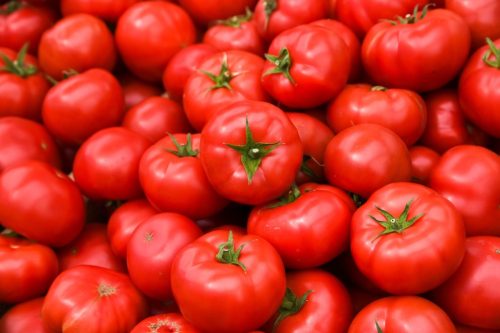
The definitions vary on what exactly a being a "tomato" entails—and whether it's an insult or a compliment. According to the University of Oregon, it simply applies to a female, but Cascade PBS notes that it's actually a woman who is all beauty with no brains.
25. Mark
You might be familiar with this slang term if you like to watch movies about heists and con artists. Per 1920s slang, a "mark" means to be a victim of a scam or game, or someone you may otherwise deem a fool or a "sucker," per the Smoky Hill Museum in Kansas.
RELATED: The Amazing Origins of Everyday Slang Terms You Use Constantly.
26. Pushover
Similar to a "mark," a "pushover" is a person who's easily convinced and gullible.
27. Sheik
Today, we'd consider a "sheik" a bit of a narcissist, as it's a slang term for a man with sex appeal who believes he's irresistible to women. The term was popularized by E.M. Hull's 1919 novel, The Sheik, and the 1921 film adaptation of the same name starring Rudolph Valentino.
28. Flat Tire
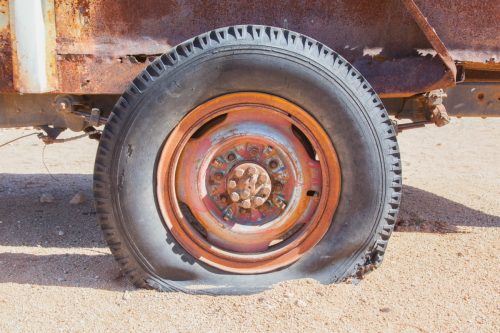
If you've ever had a flat tire, you know that it's not a particularly enjoyable experience—and neither was meeting one in the 1920s. A "flat tire" was used to describe someone boring, particularly in terms of a disappointing date.
29. Sugar Daddy
Believe it or not, the term "sugar daddy" dates back to the early 20th century. However, it still has the same general meaning, applied to an older man who provides material goods and experiences for a younger female or male companion.
According to the Cypress Lawn Heritage Museum, we have Adolph Spreckels—son of "Sugar King" Claude Spreckels—to thank for this term. Young Adolph married outside his "monied" class when model Alma de Bretteville caught his eye. Since Adolph was 24 years her senior, she dubbed him her "sugar daddy."
30. Bee's Knees
The bee's knees is yet another superlative, seemingly nonsensical term you'd apply to an extraordinary person in your life.
But as bees don't technically have knees, PBS points out that a human and dancer, Bee Jackson, may have inspired the slang term. Jackson is credited with introducing the Charleston dance step to audiences in 1924—later becoming the world champion.
"It is possible that the saying, 'the bee's knees' really caught on because of the dancer Bee Jackson and her champion knees, but no one really knows for sure," a video on PBS' website states.
31. Flapper
Rounding out this list is a term you're probably familiar with, the emblematic flapper. These younger women are representative of 1920s fashion and the decade as a whole with their signature short skirts, bob haircuts, and lipstick.
According to Green's Dictionary, there are many theories on the origin of the word "flapper," which dates back to the late 1800s. It may have been inspired by a "flapper," meaning a wild duck or partridge that flaps its wings while trying to fly, or a "flap," meaning an unsteady young woman.
















